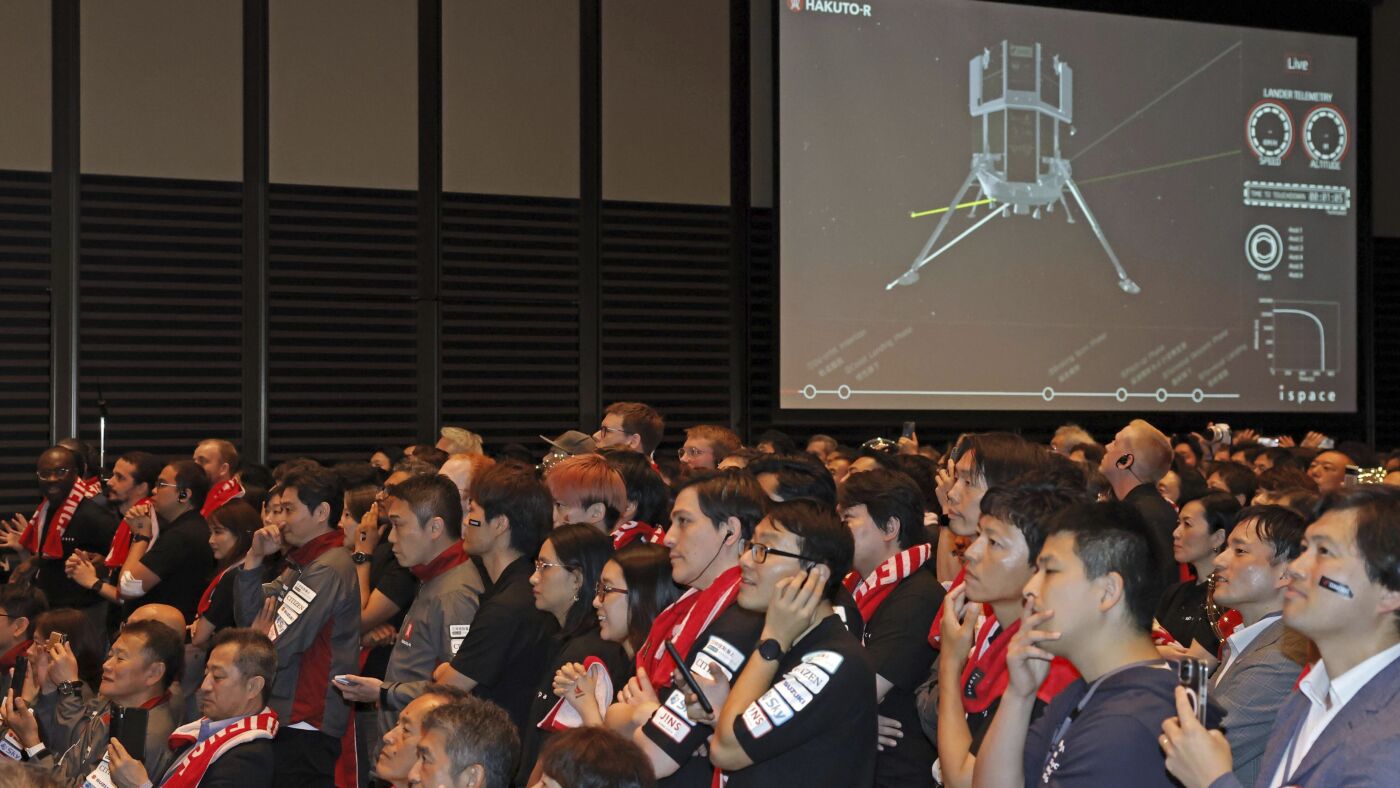TOKYO – A private Japanese lunar lander crashed during a landing attempt on Friday, marking the latest setback in the commercial race to the moon.
Immediate Impact
The Tokyo-based company, ispace, announced the mission’s failure after communication with the lander was lost. Despite efforts by flight controllers to reestablish contact, the mission concluded in silence. The lander, carrying a mini rover, lost communication less than two minutes before its scheduled touchdown.
Key Details Emerge
CEO and founder Takeshi Hakamada apologized to everyone involved in the mission, which represents the second lunar failure for ispace. The mission’s lander, named Resilience, was designed to gather lunar soil and place a Swedish artist’s toy-size red house on the moon’s surface.
“This is the second time that we were not able to land. So we really have to take it very seriously,” Hakamada stated, emphasizing the company’s commitment to future lunar missions.
Industry Response
The failure highlights the challenges faced by private companies in lunar exploration, an area previously dominated by government space agencies. In 2019, the moon became a target for private enterprises, with more failures than successes to date.
Resilience was launched in January from Florida and entered lunar orbit last month. It shared a SpaceX ride with Firefly Aerospace’s Blue Ghost, which successfully landed on the moon in March.
By the Numbers
Only five countries have achieved successful robotic lunar landings: Russia, the U.S., China, India, and Japan.
What Comes Next
Despite the setback, ispace plans to continue its lunar exploration efforts. A preliminary analysis suggests that the lander’s laser altitude measurement system failed, causing a rapid descent. The company is investigating whether a similar issue led to the failure of its previous mission.
Ispace aims to develop a larger lander for a 2027 mission in collaboration with NASA. However, as Chief Engineer Jeremy Fix noted, the company must manage its resources carefully, as it cannot afford repeated failures.
Background Context
The moon’s allure for private companies began in earnest in 2019, with multiple entities vying to achieve successful landings. While some, like Firefly Aerospace, have succeeded, others have faced significant challenges.
Resilience targeted a flat area in the Mare Frigoris or Sea of Cold, chosen for its relatively smooth terrain compared to the moon’s shadowy southern regions.
Expert Analysis
Experts suggest that the commercial space race is still in its infancy, with many technical hurdles to overcome. The success of future missions will depend on the lessons learned from these early attempts.
Regional Implications
Japan’s involvement in lunar exploration underscores its commitment to advancing its space capabilities. The country joins a select group of nations with the expertise to attempt such missions, contributing to the global effort to explore and utilize lunar resources.
Timeline of Events
- January 2023: Resilience launched from Florida.
- March 2023: Resilience entered lunar orbit.
- April 2023: Communication lost during landing attempt.
The announcement comes as other U.S. companies, including Blue Origin and Astrobotic Technology, plan moon landings by the year’s end. These developments highlight the increasing interest and competition in lunar exploration.
As the space race continues, the focus remains on overcoming technical challenges and achieving sustainable lunar exploration.
